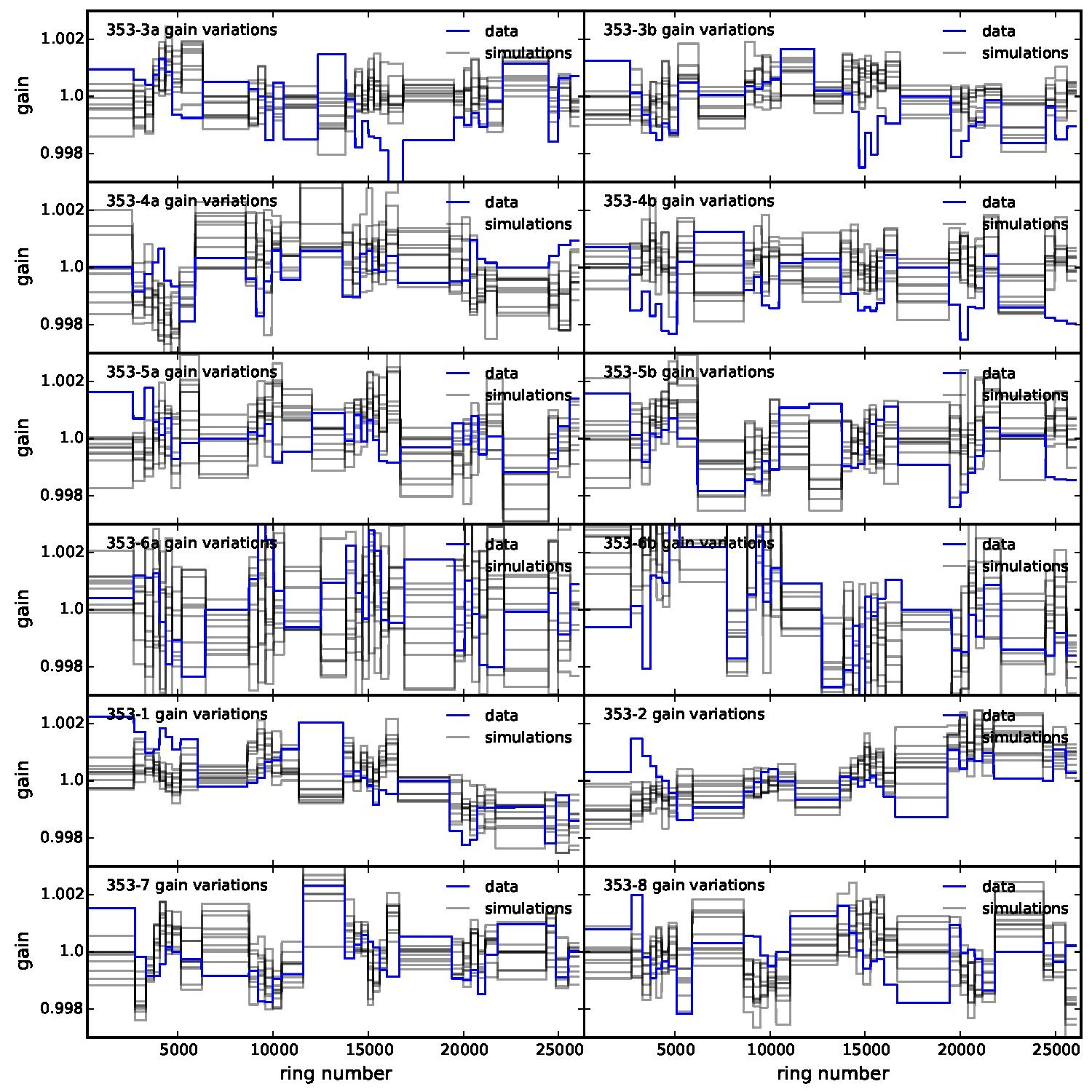Difference between revisions of "Appendix of HFI DPC paper"
| Line 1: | Line 1: | ||
This page is intented to gather figures that are not inserted in the 2017 DPC paper ({{PlanckPapers|planck2016-l03}}) for readability reasons. | This page is intented to gather figures that are not inserted in the 2017 DPC paper ({{PlanckPapers|planck2016-l03}}) for readability reasons. | ||
| − | <span style="font-size:150%">'''Section 3.1.2 | + | <span style="font-size:150%">'''Section 3.1.2: masks of the very bright regions where the sub-pixel effect in the foreground templates prevent them to be used for cosmology or astrophysics analysis''' </span> |
Those masks are provided in the PLA.<!-- LVLV --> | Those masks are provided in the PLA.<!-- LVLV --> | ||
| − | {| border="1" cellpadding="3" cellspacing="0" align="center" style="text-align: | + | {| border="1" cellpadding="3" cellspacing="0" align="center" style="text-align:center" width=800px |
|+ '''CO and dust templates ''' | |+ '''CO and dust templates ''' | ||
|- bgcolor="ffdead" | |- bgcolor="ffdead" | ||
| Line 28: | Line 28: | ||
| − | <span style="font-size:150%">'''Section 3.2: | + | <span style="font-size:150%">'''Section 3.2: complementary figures of Fig. 11''' </span> |
| − | {| border="1" cellpadding="3" cellspacing="0" align="center" style="text-align: | + | {| border="1" cellpadding="3" cellspacing="0" align="center" style="text-align:centert" width=800px |
|+ '''Comparaison of 2015 and 2017 I, Q and U maps and their difference. ''' | |+ '''Comparaison of 2015 and 2017 I, Q and U maps and their difference. ''' | ||
|- bgcolor="ffdead" | |- bgcolor="ffdead" | ||
| Line 117: | Line 117: | ||
| − | <span style="font-size:150%">'''Section 5.3.10 | + | <span style="font-size:150%">'''Section 5.3.10: for convenience, we reproduce here Figures 6, 7 and 8 of Rosset et al.''' </span> |
| − | This paper is published as Rosset et al. Planck pre-launch status: High Frequency Instrument polarization calibration. 2010b, A&A, 520, A13. | + | This paper is published as Rosset et al. Planck pre-launch status: High Frequency Instrument polarization calibration. 2010b, A&A, 520, A13. ({{PlanckPapers|Planck-PreLaunch-IX}}) |
The figures 6, 7 et 8 reproduced hereunder are given in the version on ArXiv 1004.2595 | The figures 6, 7 et 8 reproduced hereunder are given in the version on ArXiv 1004.2595 | ||
| − | {| border="1" cellpadding="3" cellspacing="0" align="center" style="text-align: | + | {| border="1" cellpadding="3" cellspacing="0" align="center" style="text-align:centert" width=800px |
|- bgcolor="ffdead" | |- bgcolor="ffdead" | ||
! gain errors (1)|| polarization efficiency errors (2)|| orientation errors (3) | ! gain errors (1)|| polarization efficiency errors (2)|| orientation errors (3) | ||
| Line 133: | Line 133: | ||
|} | |} | ||
| − | (1) Delta | + | (1) <math>\Delta C_{\ell}</math> in rms due to gain errors from 0.01% to 1% for E-mode (top) and B-mode (bottom) compared to initial spectrum (solid black lines). Cosmic variance for E-mode is plotted in dashed black line. |
| − | (2) Delta | + | (2) <math>\Delta C_{\ell}</math> in rms due to polarization efficiency errors from 0.1% to 4% for E-mode (top) and B-mode (bottom) compared to initial spectrum (solid black lines). Cosmic variance for E-mode is plotted in dashed black line. |
| − | (3) Delta | + | (3) <math>\Delta C_{\ell}</math> in rms due to various orientation errors from 0.25 to 2 degrees for E-mode (top) and B-mode (bottom) compared to initial spectrum (solid black lines). Cosmic variance for E-mode is plotted in dashed black line. |
| − | <span style="font-size:150%">'''Section 5.5: | + | <span style="font-size:150%">'''Section 5.5: complementary figures of Fig. 29''' </span> |
| − | {| border="1" cellpadding="3" cellspacing="0" align="center" style="text-align: | + | {| border="1" cellpadding="3" cellspacing="0" align="center" style="text-align:center" width=800px |
|+ '''Map and power spectra from E2E simulations difference with and without 4K lines. ''' | |+ '''Map and power spectra from E2E simulations difference with and without 4K lines. ''' | ||
|- bgcolor="ffdead" | |- bgcolor="ffdead" | ||
| Line 263: | Line 263: | ||
<span style="font-size:150%">'''Section 5.13: complementary figures of Fig. 47''' </span> | <span style="font-size:150%">'''Section 5.13: complementary figures of Fig. 47''' </span> | ||
| − | {| border="1" cellpadding="3" cellspacing="0" align="center" style="text-align: | + | {| border="1" cellpadding="3" cellspacing="0" align="center" style="text-align:center" width=800px |
|+ '''ADCNL induced gain time variation as a function of ring numbers. Blue line shows the solved gain variation for the data and grey ones show 10 realizations drawn within the uncertainties of the ADC model. ''' | |+ '''ADCNL induced gain time variation as a function of ring numbers. Blue line shows the solved gain variation for the data and grey ones show 10 realizations drawn within the uncertainties of the ADC model. ''' | ||
|- bgcolor="ffdead" | |- bgcolor="ffdead" | ||
Revision as of 13:38, 6 October 2017
This page is intented to gather figures that are not inserted in the 2017 DPC paper (Planck-2020-A3[1]) for readability reasons.
Section 3.1.2: masks of the very bright regions where the sub-pixel effect in the foreground templates prevent them to be used for cosmology or astrophysics analysis
Those masks are provided in the PLA.
| 100 GHz | 143 GHz | 217 GHz | 353 GHz | |
|---|---|---|---|---|
| CO template | 
|
. | 
|
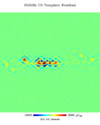
|
| Dust template | 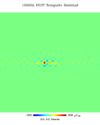
|

|

|

|
Section 3.2: complementary figures of Fig. 11
| 2015 maps | 2017 maps | difference | |||||||
|---|---|---|---|---|---|---|---|---|---|
| I | Q | U | I | Q | U | I | Q | U | |
| 100 GHz | 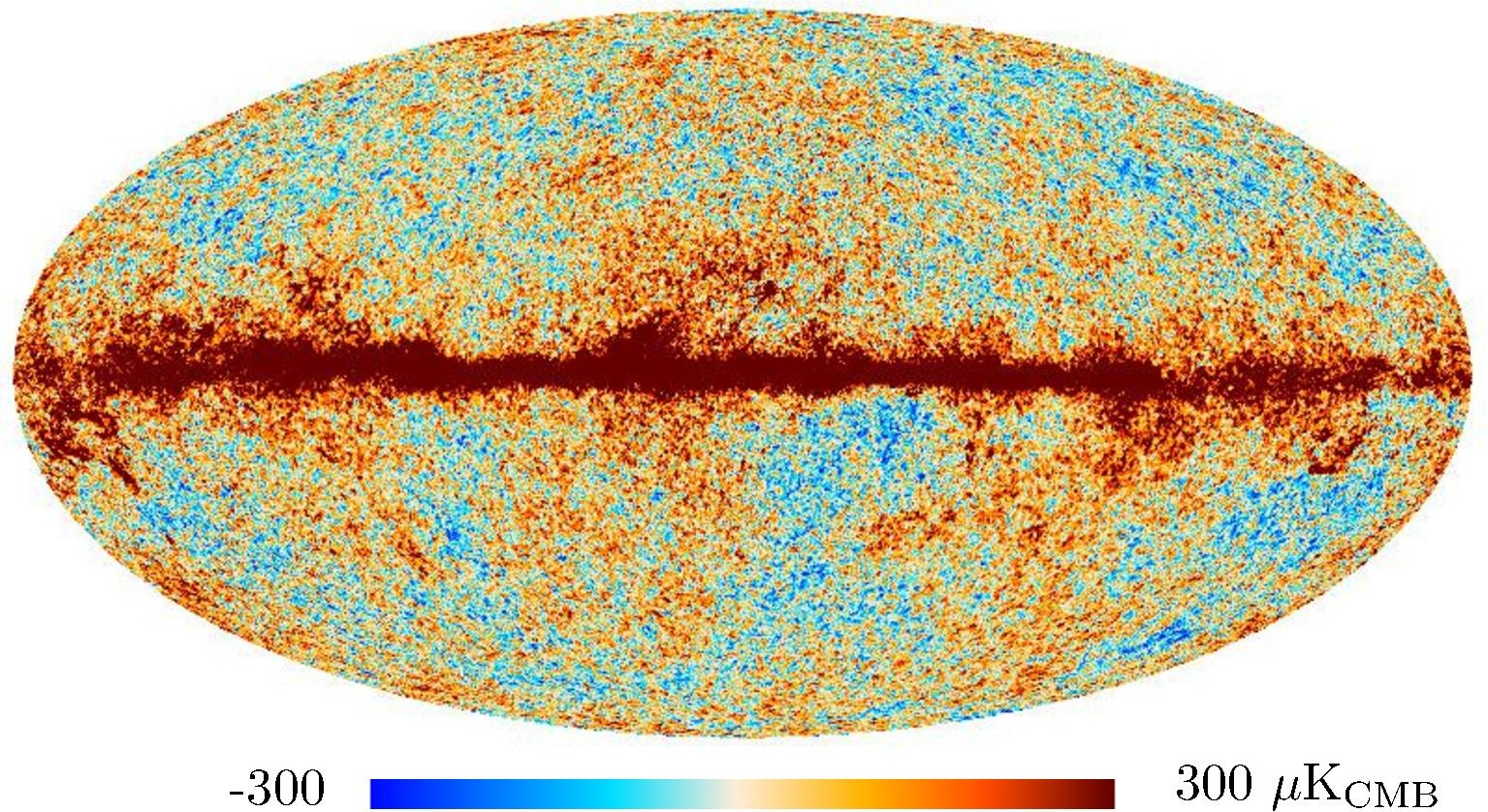
|

|

|

|

|

|

|

|

|
| 143 GHz | 
|

|

|

|

|

|

|

|

|
| 217 GHz | 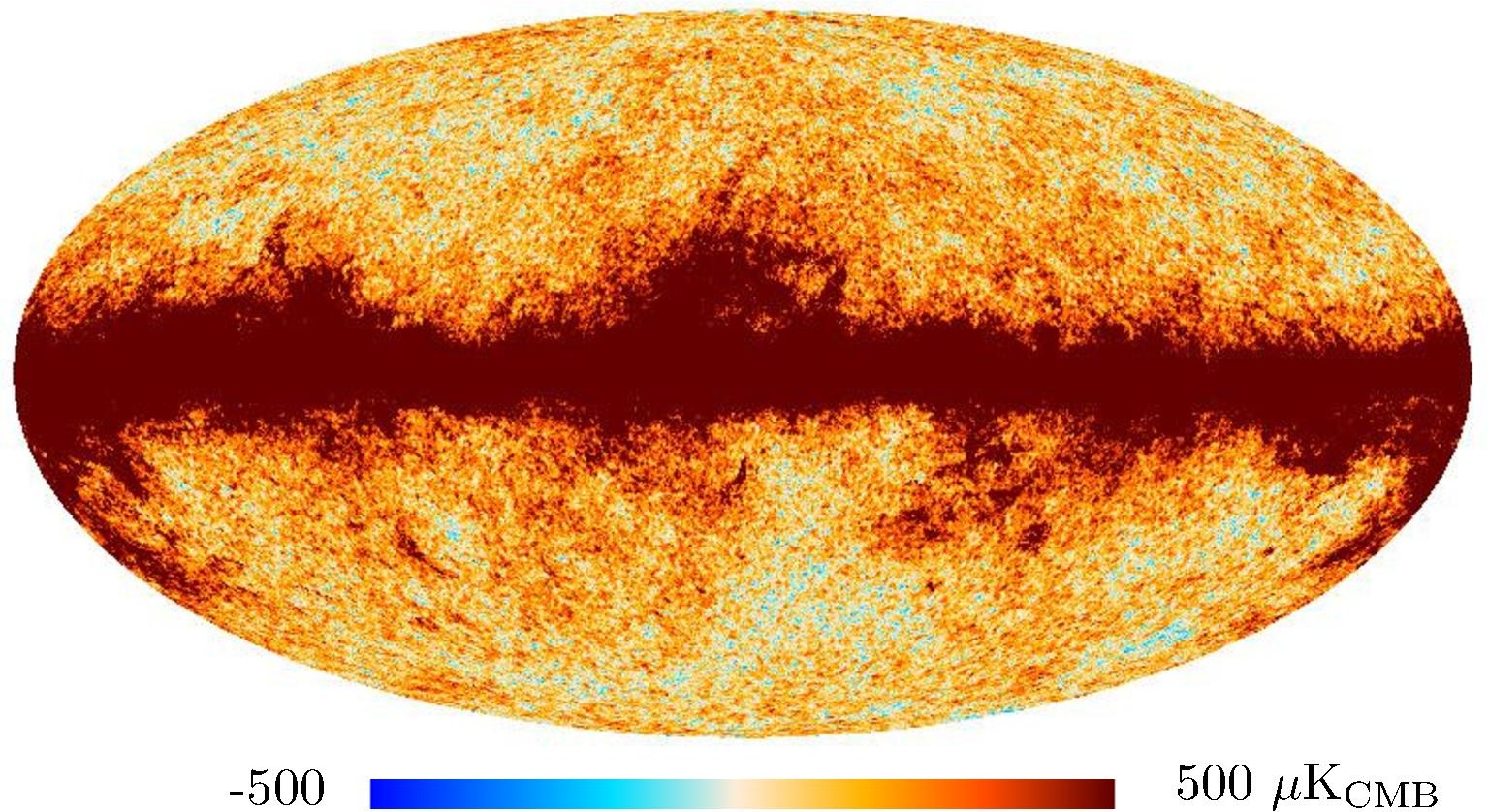
|

|

|

|

|

|

|

|

|
| 353 GHz | 
|

|

|

|

|

|

|

|

|
| 545 GHz | 
|
. | . | 
|
. | . | 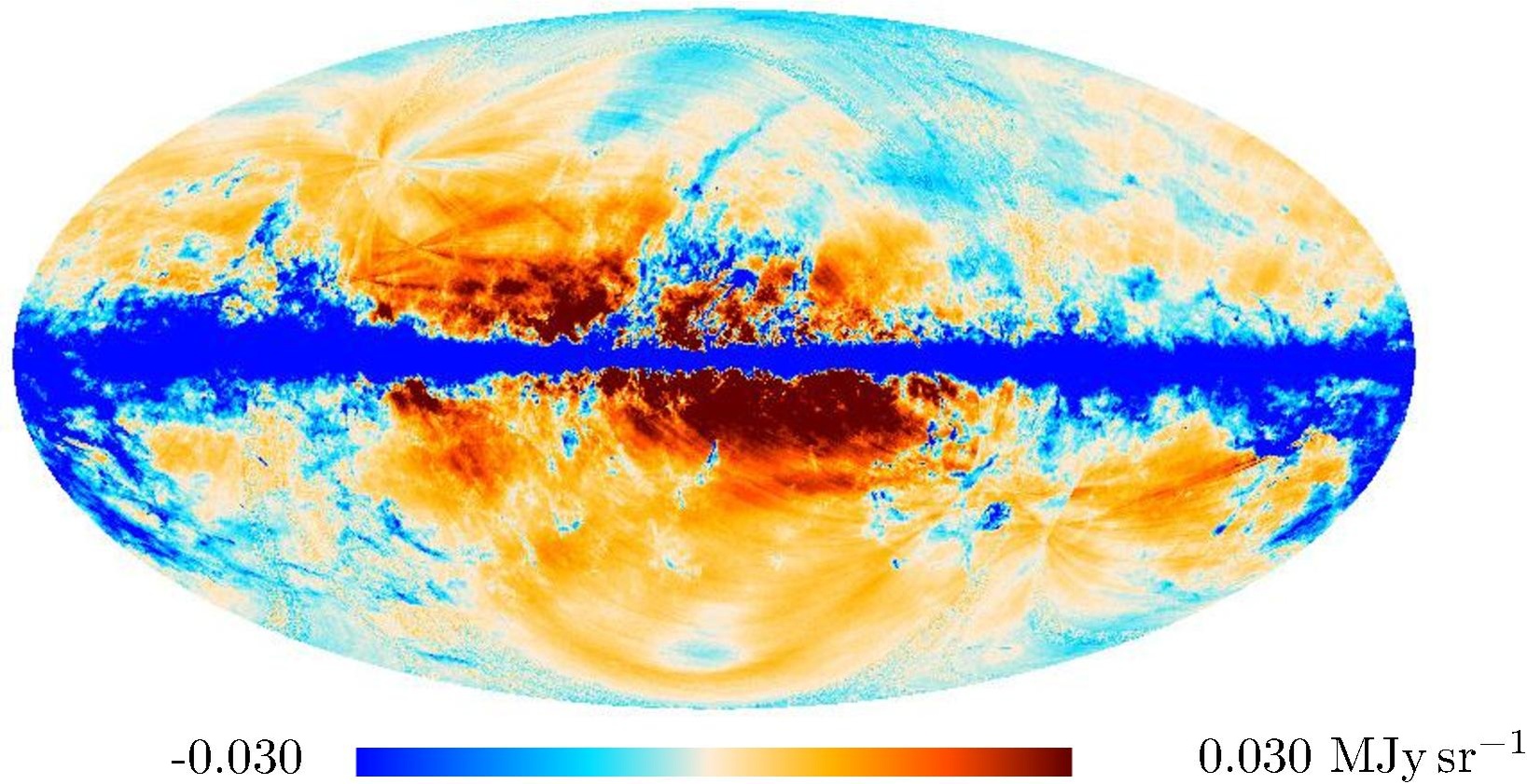
|
. | . |
| 857 GHz | 
|
. | . | 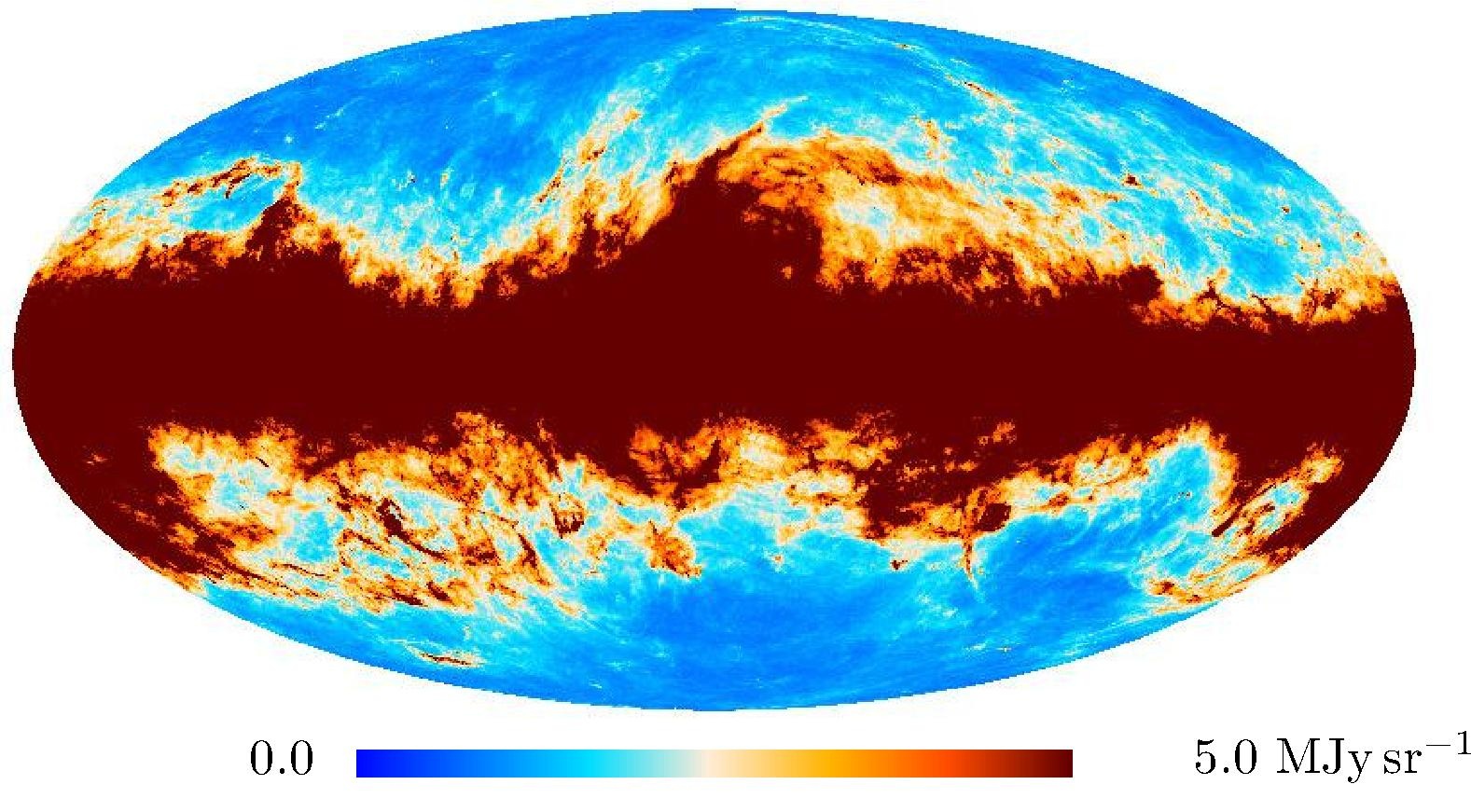
|
. | . | 
|
. | . |
Section 5.3.10: for convenience, we reproduce here Figures 6, 7 and 8 of Rosset et al.
This paper is published as Rosset et al. Planck pre-launch status: High Frequency Instrument polarization calibration. 2010b, A&A, 520, A13. ([2])
The figures 6, 7 et 8 reproduced hereunder are given in the version on ArXiv 1004.2595
| gain errors (1) | polarization efficiency errors (2) | orientation errors (3) |
|---|---|---|
Error creating thumbnail: convert: unable to extend cache `/tmp/magick-30730xV9ipPEi7eL0': File too large @ error/cache.c/OpenPixelCache/4091.
|
Error creating thumbnail: convert: unable to extend cache `/tmp/magick-30737TZJ3aDkXHqWv': File too large @ error/cache.c/OpenPixelCache/4091.
|
Error creating thumbnail: convert: unable to extend cache `/tmp/magick-30745BXlJX1QCF8OQ': File too large @ error/cache.c/OpenPixelCache/4091.
|
(1) in rms due to gain errors from 0.01% to 1% for E-mode (top) and B-mode (bottom) compared to initial spectrum (solid black lines). Cosmic variance for E-mode is plotted in dashed black line.
(2) in rms due to polarization efficiency errors from 0.1% to 4% for E-mode (top) and B-mode (bottom) compared to initial spectrum (solid black lines). Cosmic variance for E-mode is plotted in dashed black line.
(3) in rms due to various orientation errors from 0.25 to 2 degrees for E-mode (top) and B-mode (bottom) compared to initial spectrum (solid black lines). Cosmic variance for E-mode is plotted in dashed black line.
Section 5.5: complementary figures of Fig. 29
| 100 GHz bolometers | 143 GHz bolometers | 217 GHz bolometers | 353 GHz bolometers | ||||
|---|---|---|---|---|---|---|---|

|
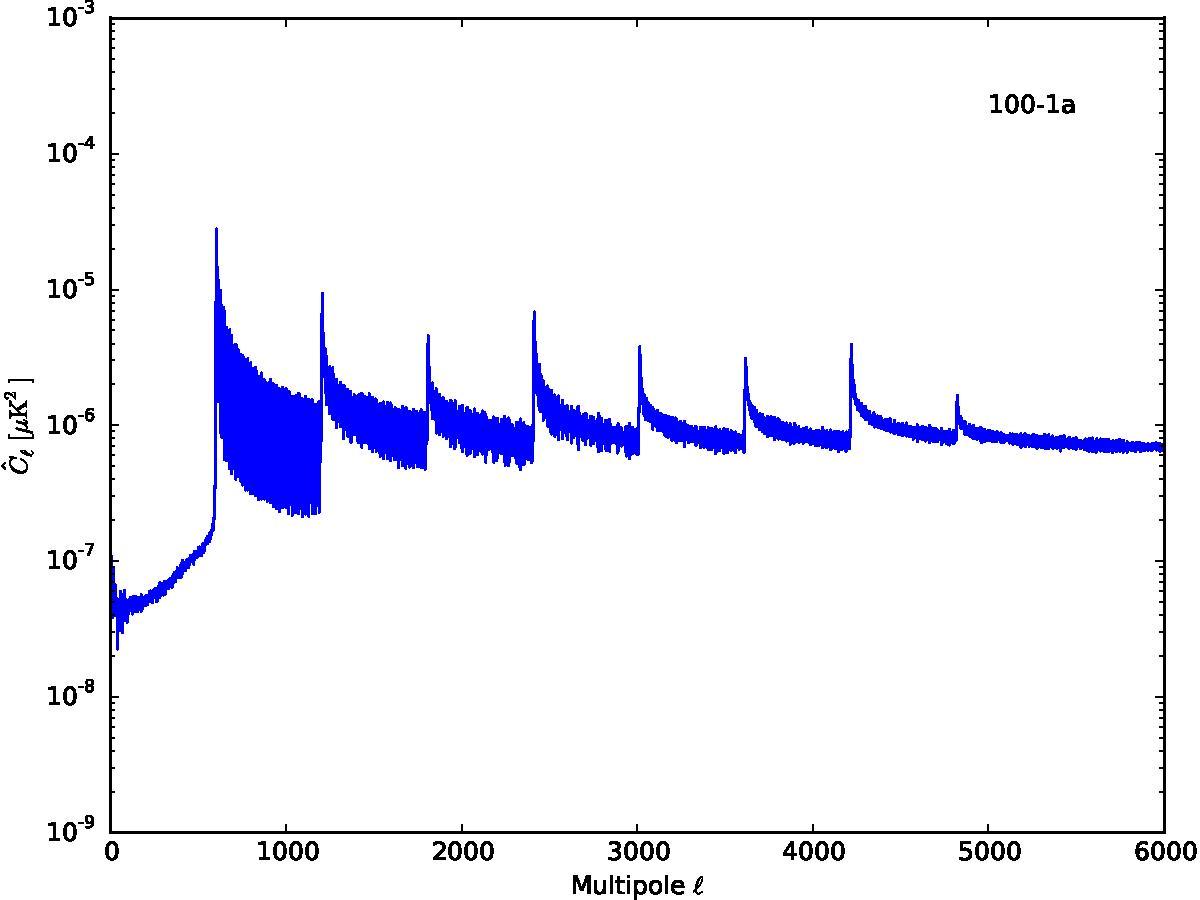
|

|

|

|

|

|

|

|

|

|

|

|

|
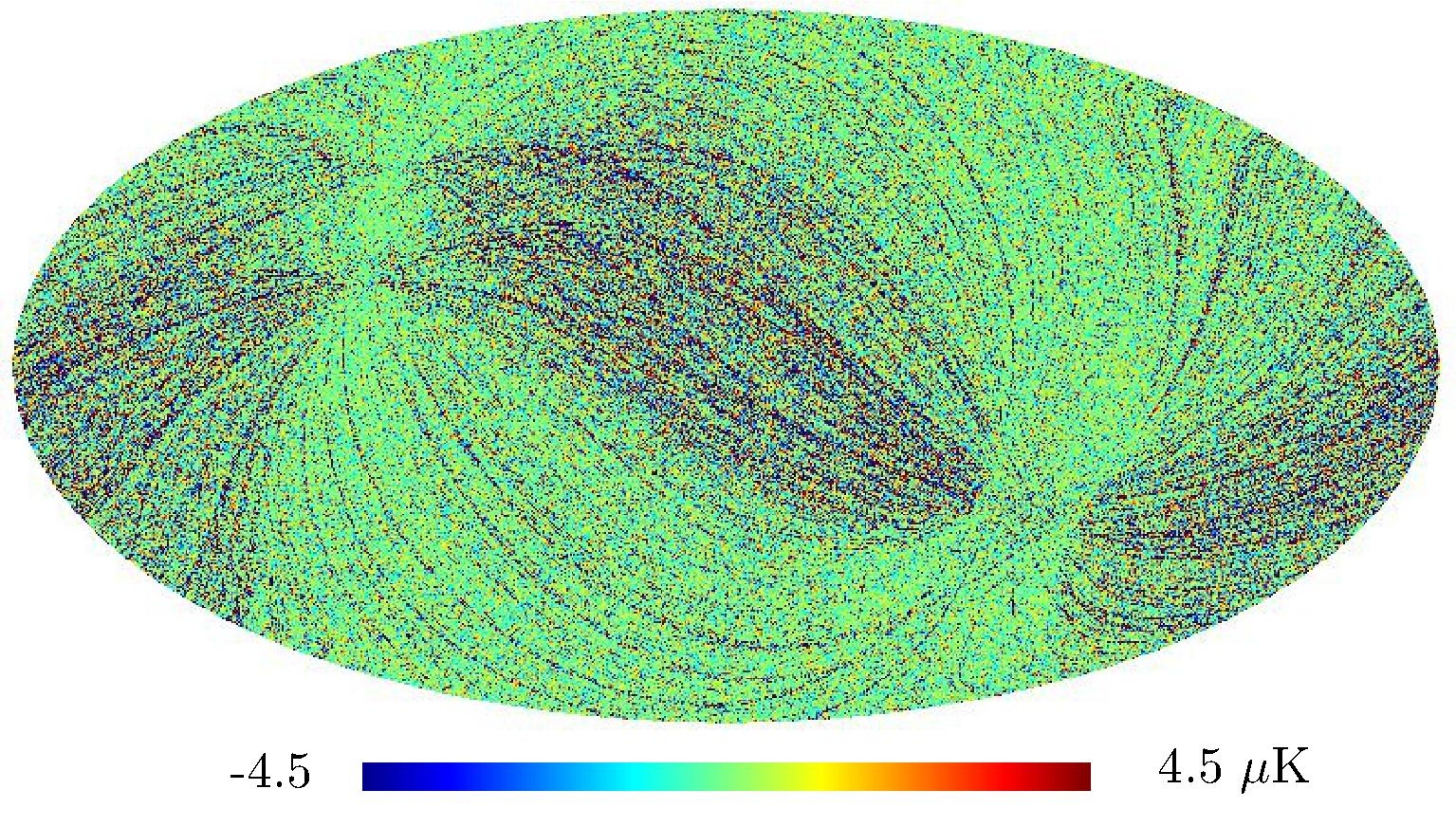
|
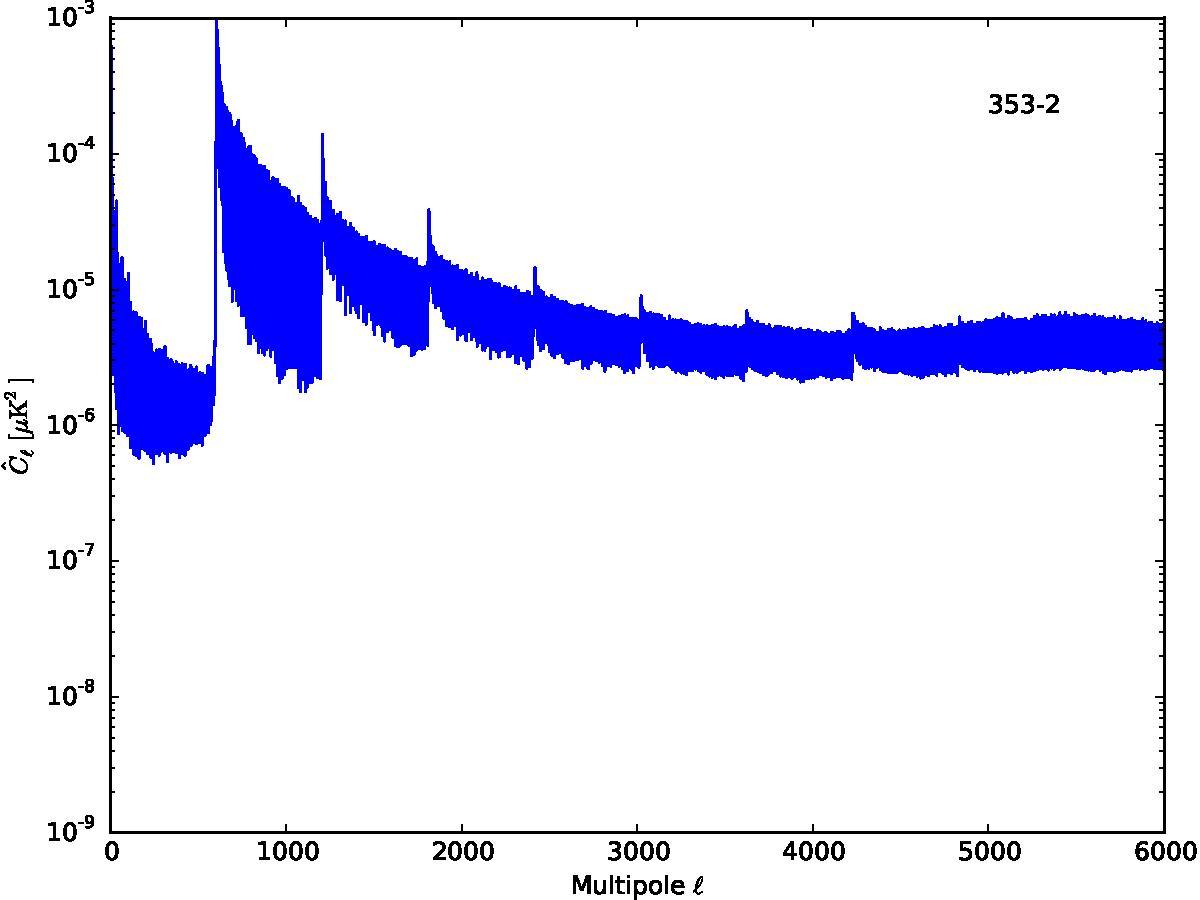
|

|

|

|

|
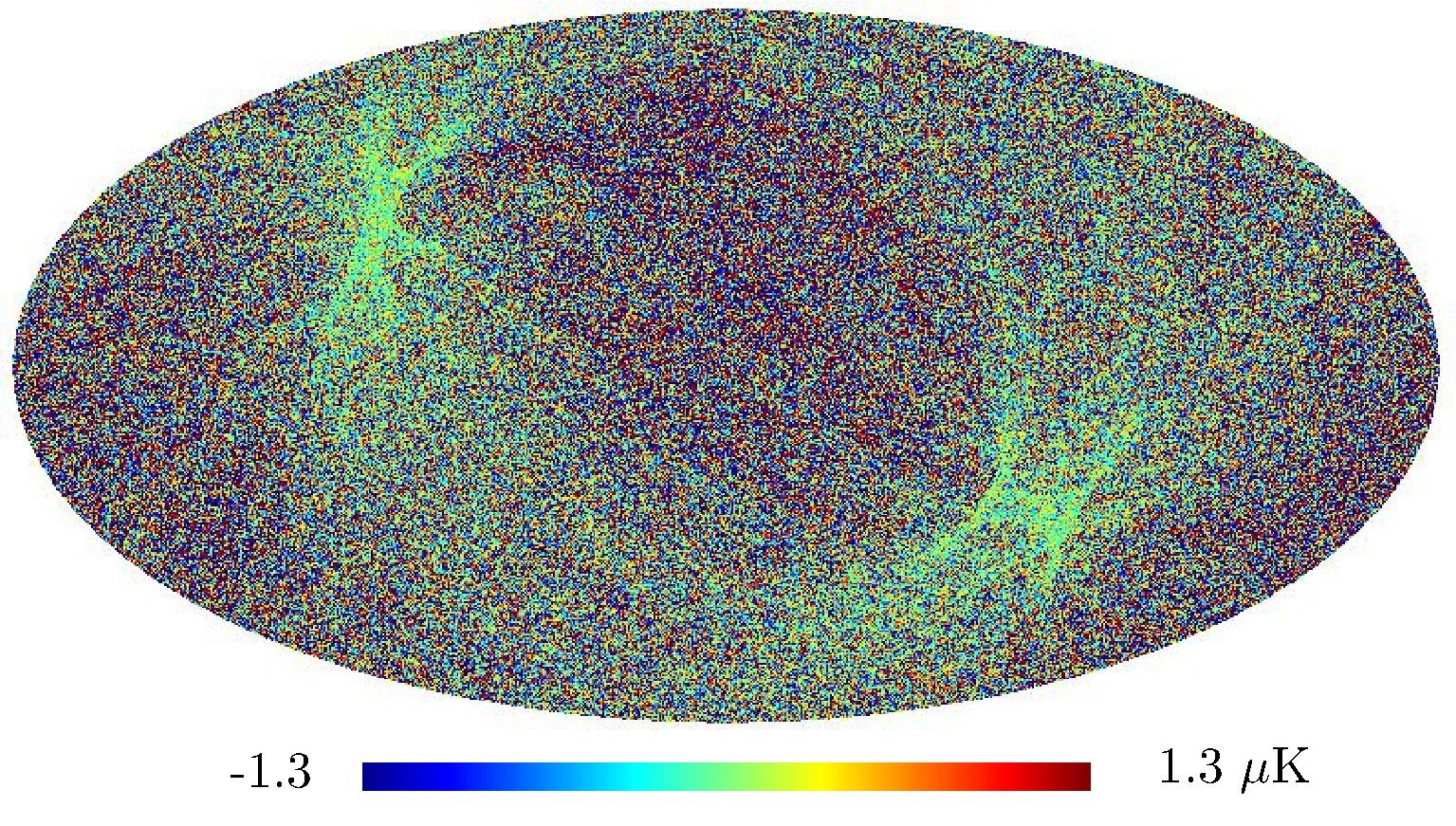
|

|

|
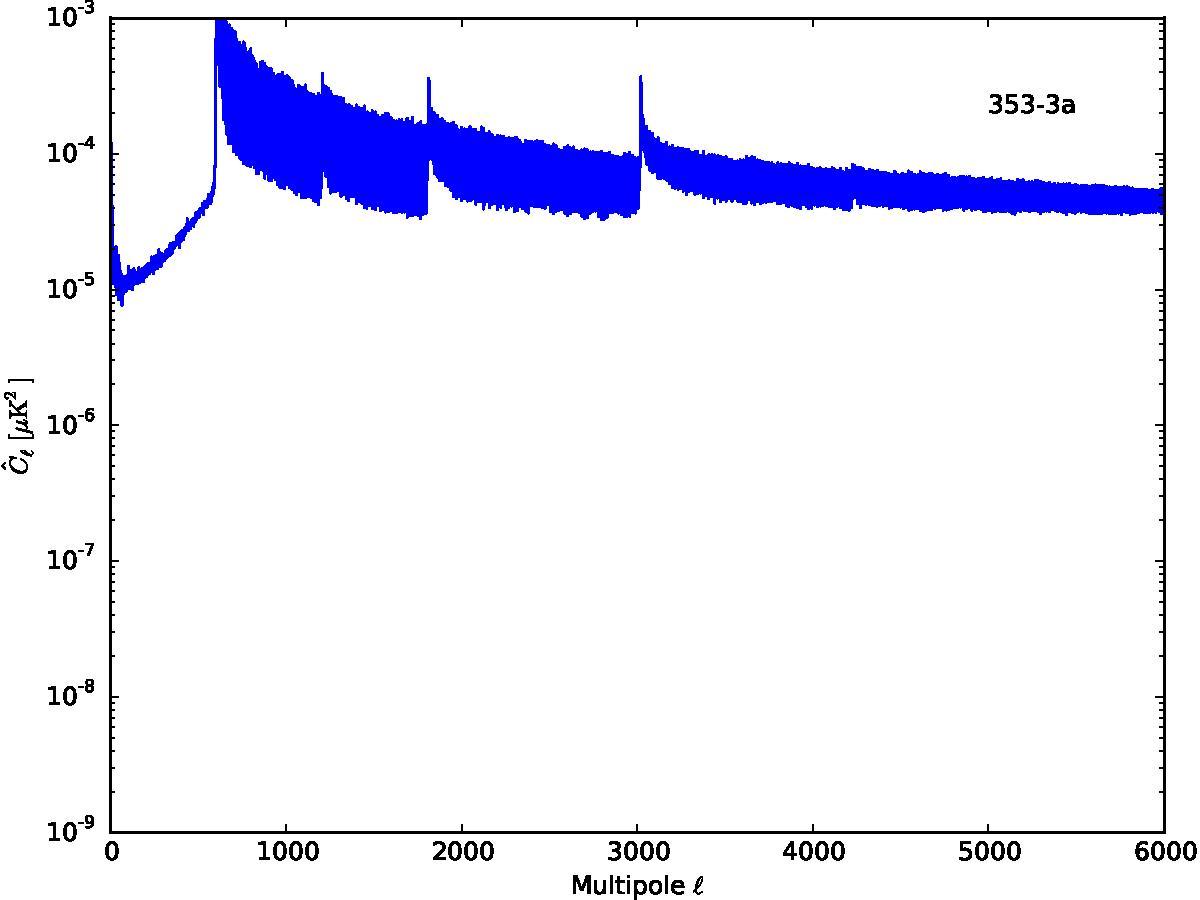
|

|

|

|

|

|

|

|

|

|

|

|

|

|

|

|

|

|
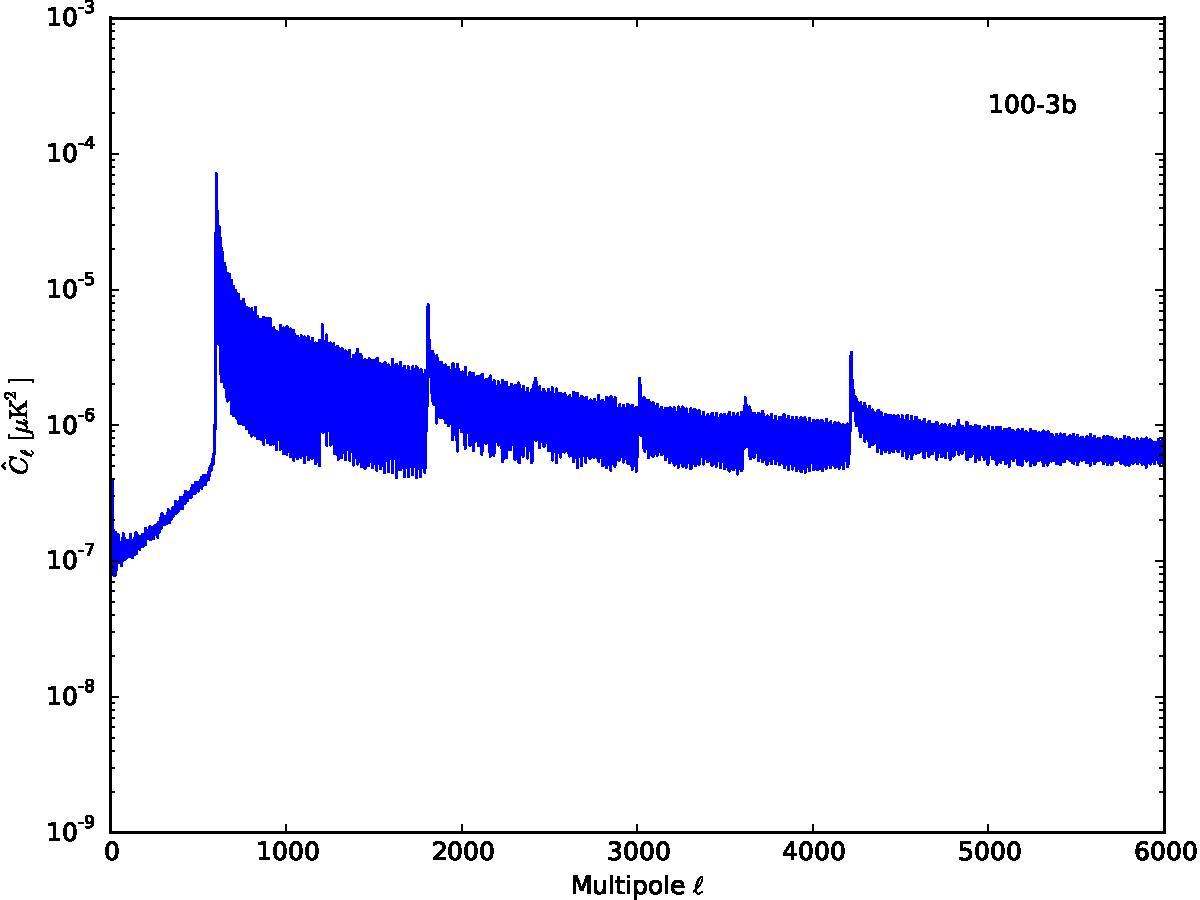
|
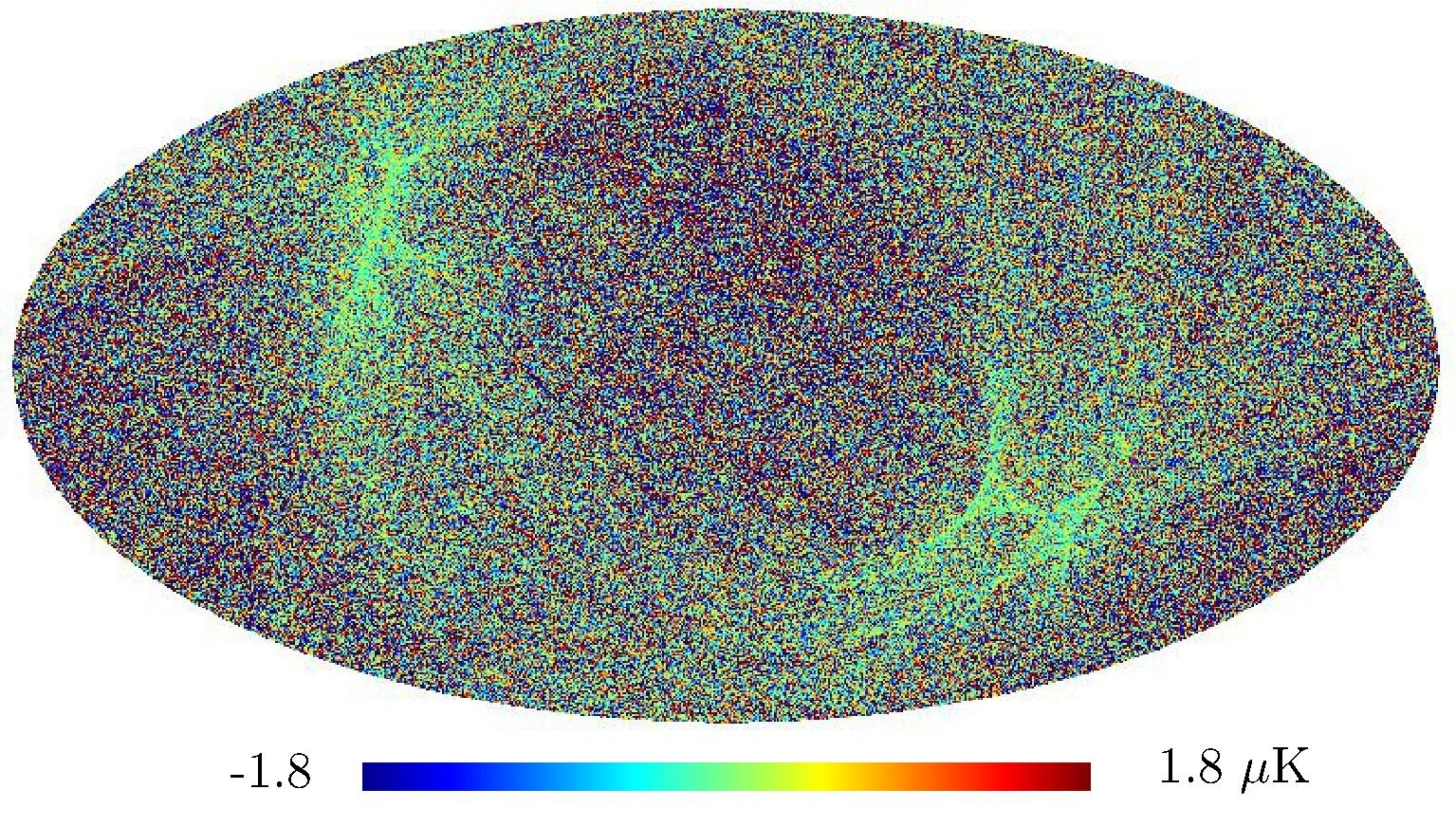
|

|

|

|

|

|

|

|
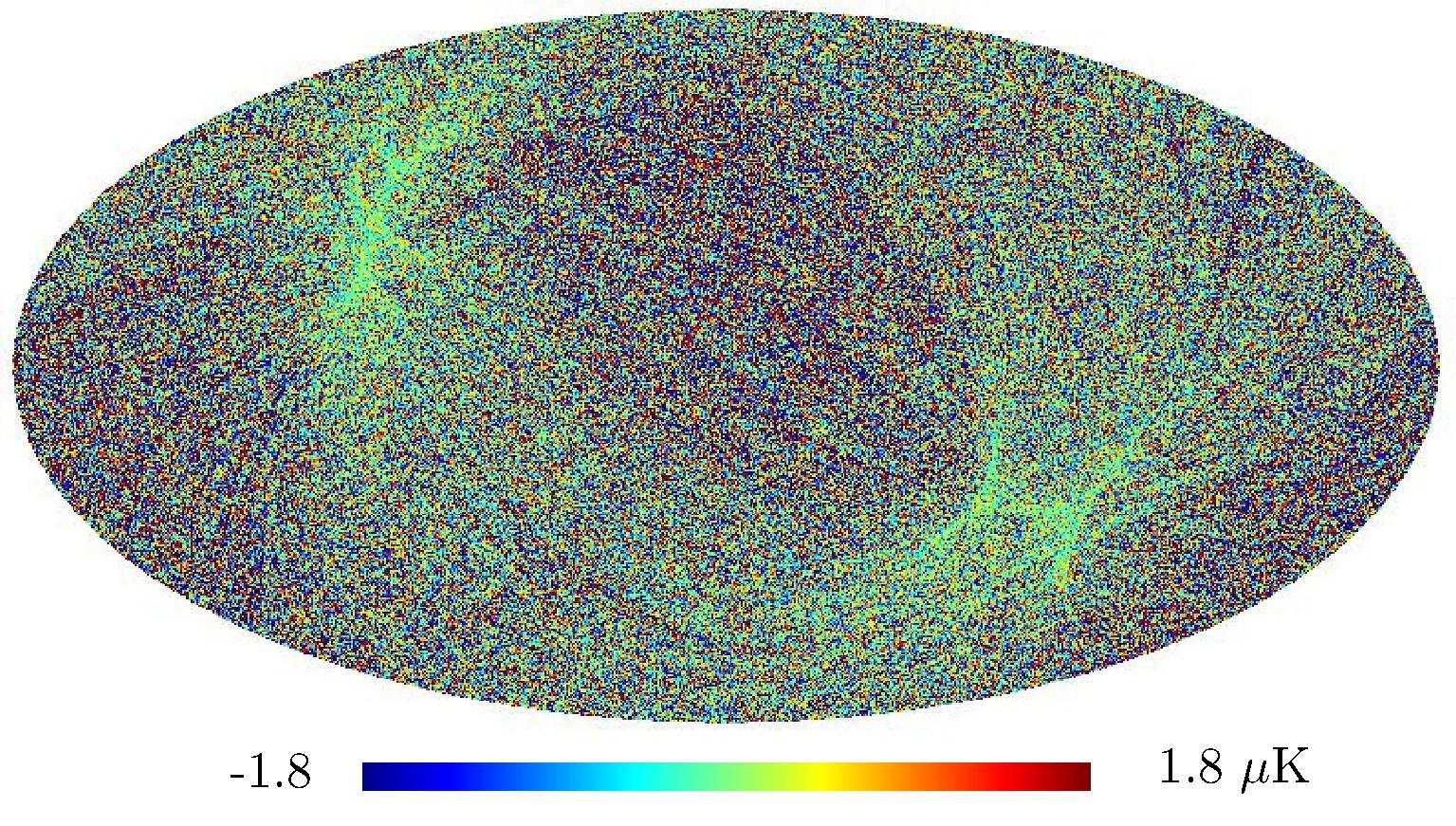
|

|

|

|

|

|

|

|

|

|

|

|

|
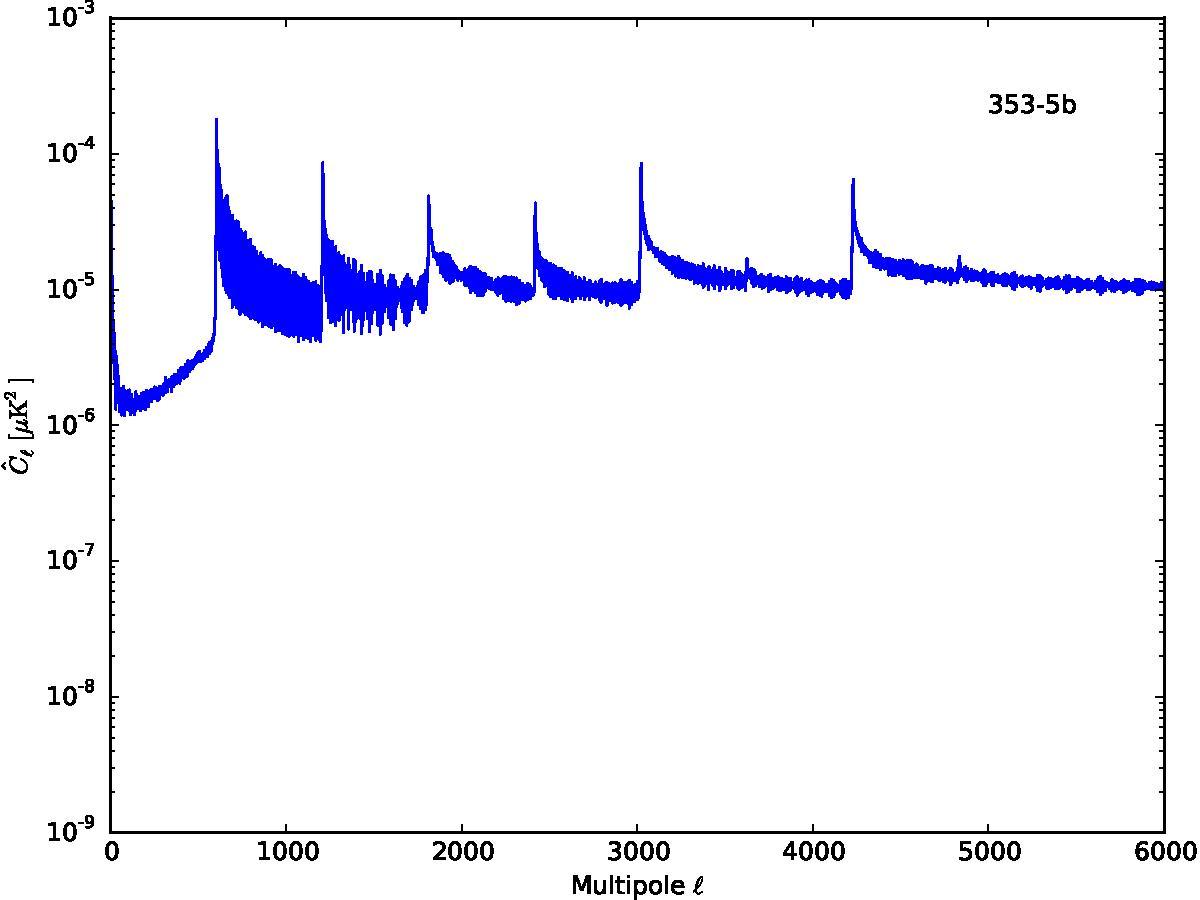
|
| . | . | 
|
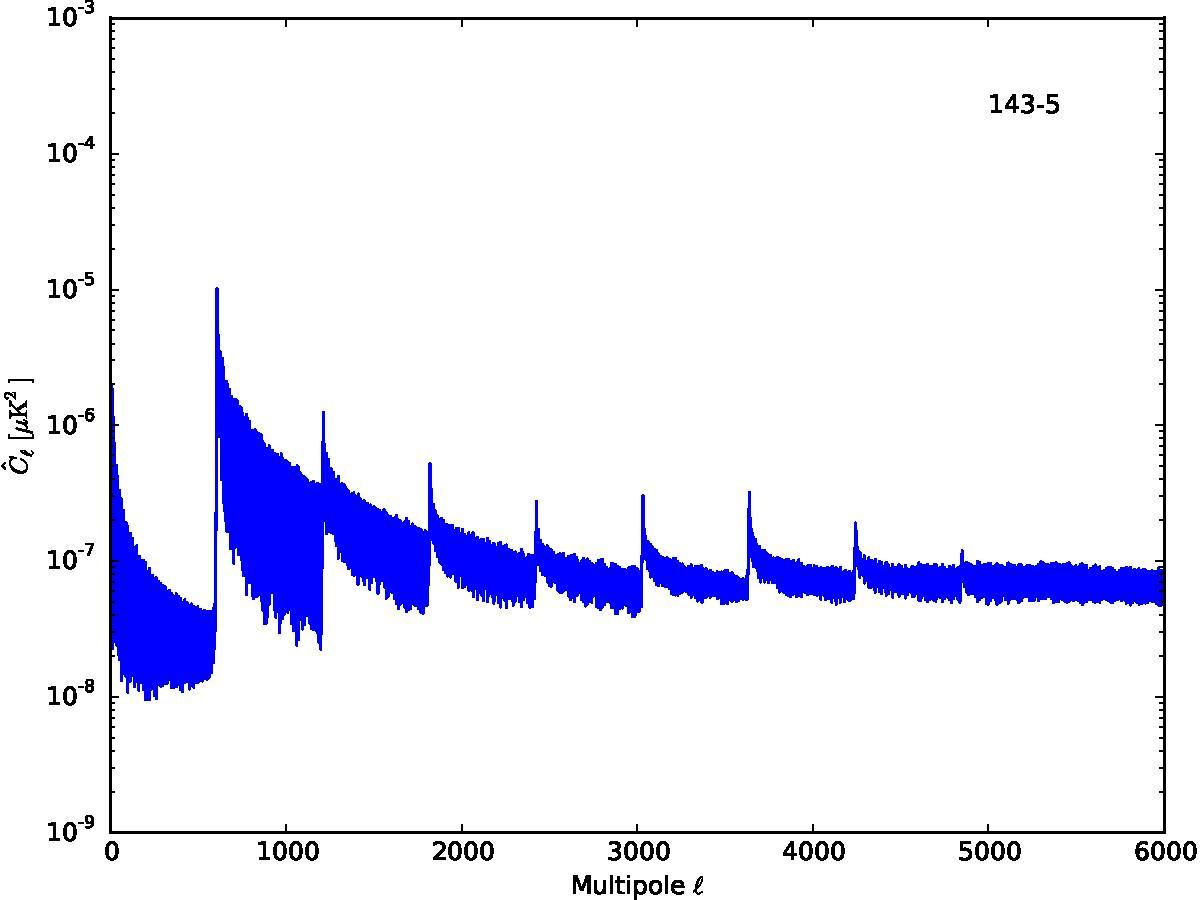
|

|

|

|

|
| . | . | 
|

|

|

|

|

|
| . | . | 
|

|

|

|

|

|
| . | . | . | . | 
|

|

|

|
Section 5.13: complementary figures of Fig. 47
References[edit]
- Jump up ↑ Planck 2018 results. III. High Frequency Instrument data processing and frequency maps, Planck Collaboration, 2020, A&A, 641, A3.
- Jump up ↑
Data Processing Center
Planck Legacy Archive
EMI/EMC influence of the 4K cooler mechanical motion on the bolometer readout electronics.
analog to digital converter



